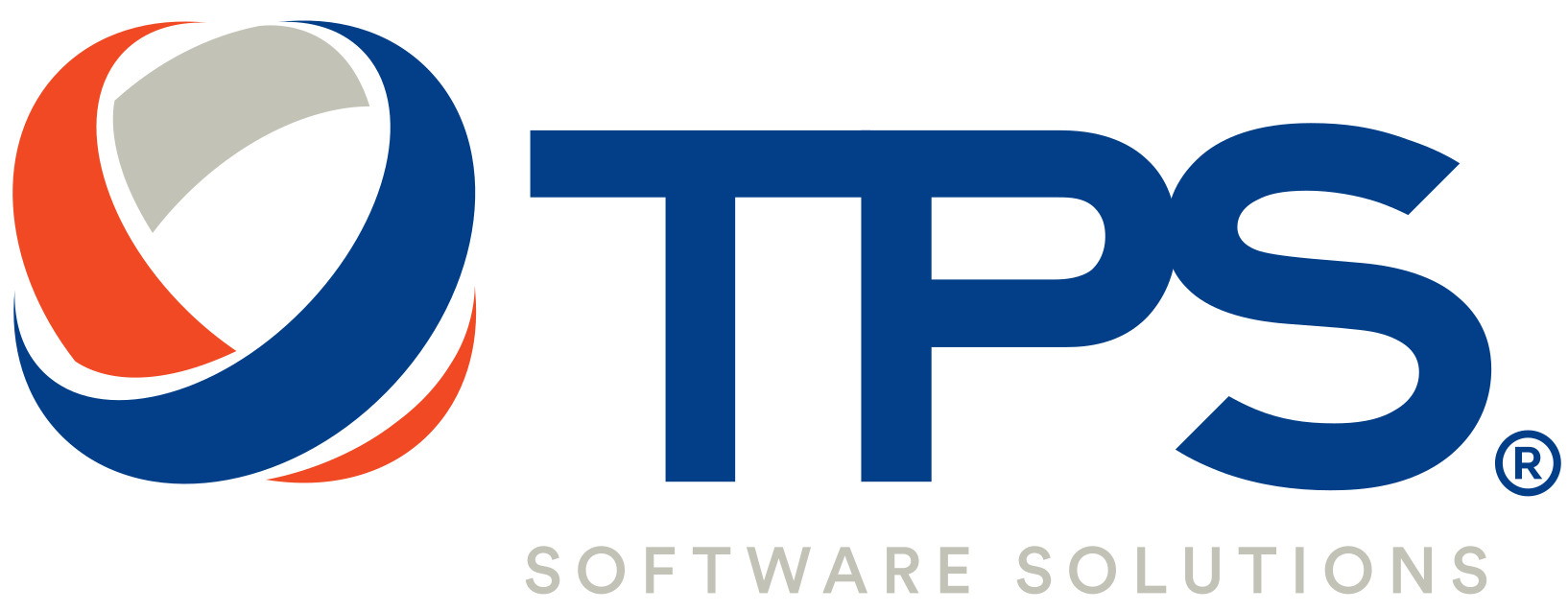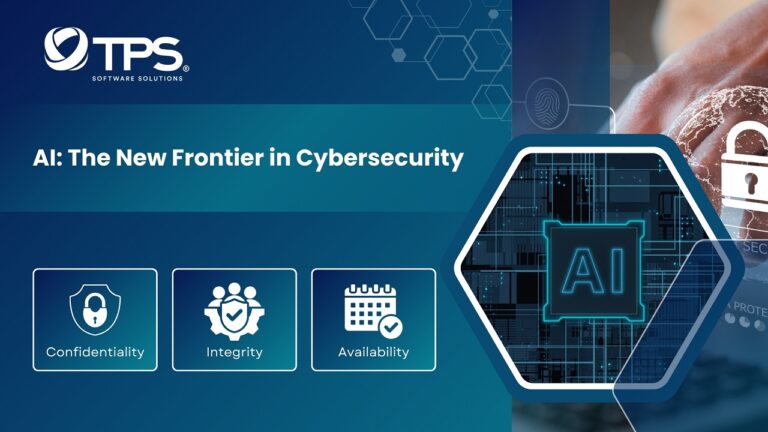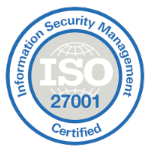Software development has become essential in this Fourth Industrial Revolution due to the wide range of benefits it has brought to businesses. It helps businesses differentiate themselves and be more competitive. It can improve customer experiences, bring more innovative, feature-rich products to market faster and make operations more efficient, safe, and productive.
So let’s get an insight into software development to start the digital transformation in your business.
1. What is Software Development?
According to IBM Research: “Software development refers to a set of computer science activities dedicated to the process of creating, designing, deploying and supporting software.”
The software itself is the set of instructions or programs that tell a computer what to do. Typically, there are four main types of software including
System software: to provide core functions such as operating systems, disk management, utilities, hardware management, and other operational necessities.
Programming software: to give programmers tools such as text editors, compilers, linkers, debuggers, and other tools to create code.
Application software (applications or apps): to help users perform tasks. Office productivity suites, data management software, media players, and security programs are examples. Applications also refer to web and mobile applications like those used to shop on Amazon.com, socialize with Facebook or post pictures to Instagram, etc.
Embedded software. Embedded systems software is used to control machines and devices not typically considered computers — telecommunications networks, cars, industrial robots, and more. These devices, and their software, can be connected as part of the Internet of Things (IoT)
2. Software development Methodology
Waterfall development method
The waterfall method is considered to be the most traditional software development method. It is a rigid linear model that consists of sequential phases (requirements, design, implementation, verification, maintenance) focusing on distinct goals. Each phase must be 100% complete before the next can start. There’s usually no process for going back to modify the project or direction.
Pros: The linear nature of the waterfall development method makes it easy to understand and manage. Projects with clear objectives and stable requirements can best use the waterfall method. Less experienced project managers and project teams, as well as teams whose composition changes frequently, may benefit the most from using the waterfall development methodology.
Cons: The waterfall development method is often slow and costly due to its rigid structure and tight controls. These drawbacks can lead waterfall method users to explore other software development methodologies.
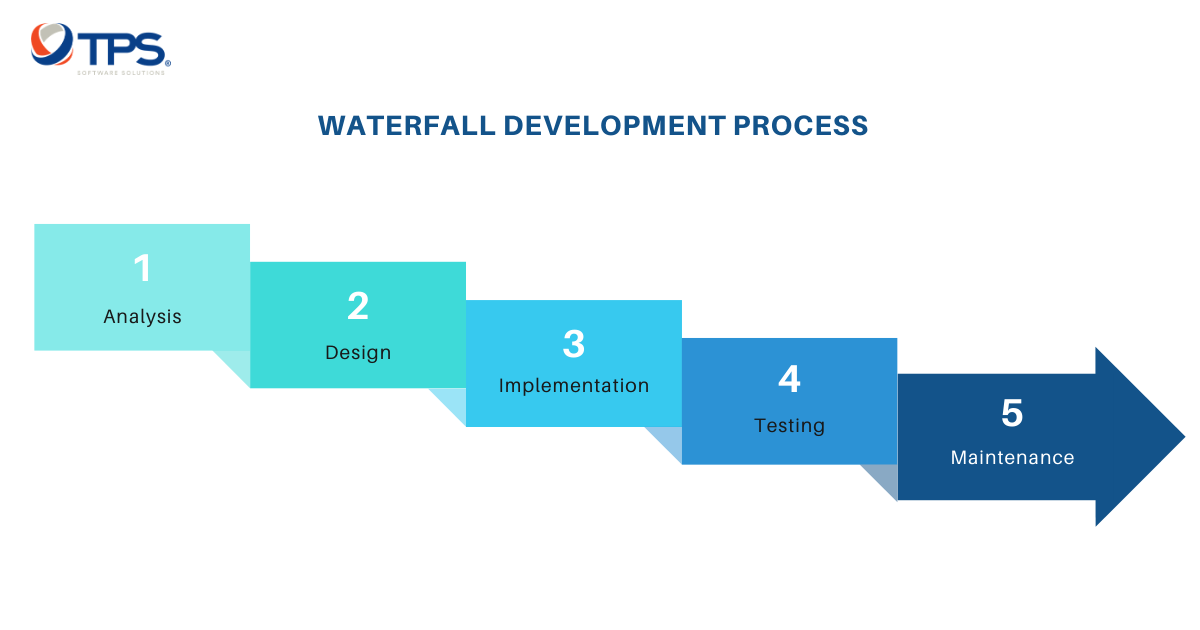
Agile development methodology
Agile is a process by which a team can manage a project by breaking it up into several stages and involving constant collaboration with stakeholders and continuous improvement and integration at every stage. Continuous collaboration is key, both among team members and with project stakeholders, to make fully informed decisions.
Teams use the agile development methodology to minimize risks (such as bugs, cost overruns, and changing requirements) when adding new functionality. In all agile methods, teams develop the software in iterations that contain mini-increments of the new functionality. There are many different forms of the agile development method including scrum, crystal, extreme programming (XP), and feature-driven development (FDD).
Pros: The primary benefit of agile software development is that it allows the software to be released in iterations. Iterative releases improve efficiency by allowing teams to find and fix defects and align expectations early on. They also allow users to realize software benefits earlier, with frequent incremental improvements.
Cons: Agile development methods rely on real-time communication, so new users often lack the documentation they need to get up to speed. They require a huge time commitment from users and are labor-intensive because developers must fully complete each feature within each iteration for user approval.

DevOps deployment methodology
DevOps is not just a development methodology but also a set of practices that support organizational culture. DevOps deployment enhances collaboration between the departments responsible for different segments of the development life cycle, such as development, quality assurance, and operations.
Pros: DevOps focuses on improving time to market, lowering the failure rate of new releases, shortening the lead time between fixes, and minimizing disruption while maximizing reliability. To achieve this, DevOps organizations aim to automate continuous deployment to ensure everything happens smoothly and reliably. Companies that use DevOps methods benefit by significantly reducing time to market and improving customer satisfaction, product quality, and employee productivity and efficiency.
Cons: Even in light of its benefits, there are a few drawbacks to DevOps:
Some customers don’t want continuous updates to their systems.
Some industries have regulations that require extensive testing before a project can move to the operations phase.
If different departments use different environments, undetected issues can slip into production.
Some quality attributes require human interaction, which slows down the delivery pipeline.
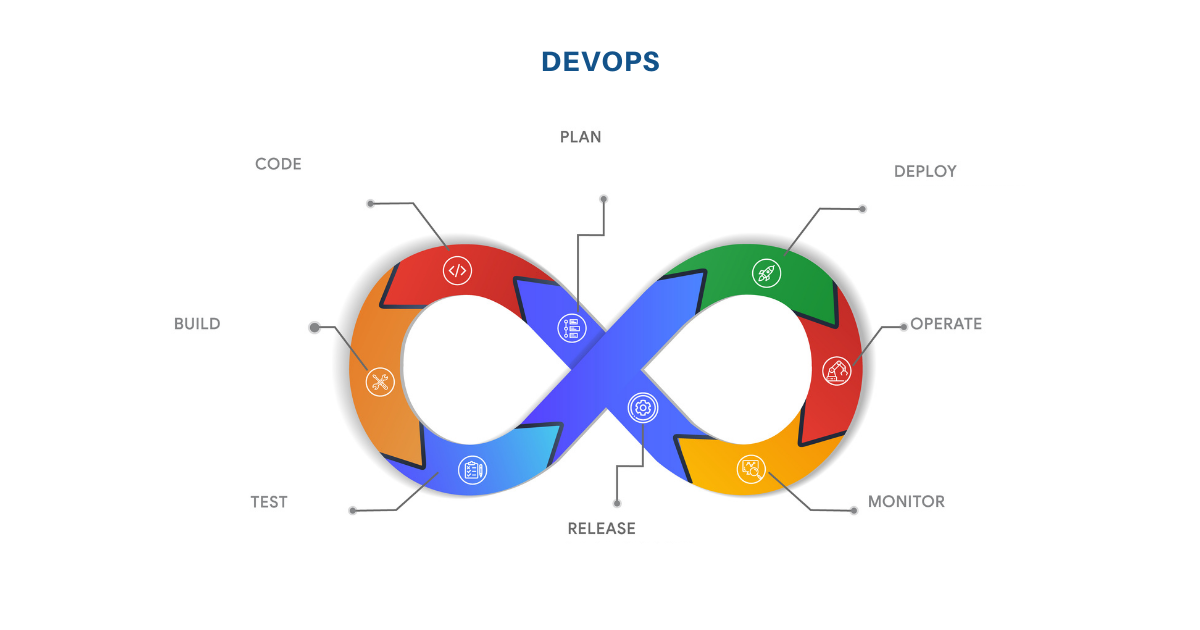
Recommendation:
These software development methodologies are the most popular in software development. Each one has its own strengths and weaknesses and works effectively in different situations. When choosing your development methodology, think about combining the elements of each method that work best for your team and your current project. In this way, you can create a hybrid development methodology that will get you to production securely and efficiently.
3. Software Development Processes
Software Development is an intriguing yet very complex thing that would normally go through a lot of processes. Typical software development includes the phases below:
1. Analysis and Planning
In the Planning phase, project leaders evaluate the terms of the project. This includes calculating labor and material costs, creating a timetable with target goals, and creating the project’s teams and leadership structure.
Planning can also include feedback from stakeholders. Stakeholders are anyone who stands to benefit from the application. Try to get feedback from potential customers, developers, subject matter experts, and sales reps.
Planning should clearly define the scope and purpose of the application. It plots the course and provisions the team to effectively create the software. It also sets boundaries to help keep the project from expanding or shifting from its original purpose.
2. Define Requirements
Defining requirements is considered part of planning to determine what the application is supposed to do and its requirements. For example, a social media application would require the ability to connect with a friend. An inventory program might require a search feature.
Requirements also include defining the resources needed to build the project. For example, a team might develop software to control a custom manufacturing machine. The machine is a requirement in the process.
3. Design and Prototyping
The Design phase models the way a software application will work. Some aspects of the design include:
Architecture – Specifies programming language, industry practices, overall design, and use of any templates or boilerplate
User Interface – Defines the ways customers interact with the software, and how the software responds to input
Platforms – Defines the platforms on which the software will run, such as Apple, Android, Windows version, Linux, or even gaming consoles
Programming – Not just the programming language, but including methods of solving problems and performing tasks in the application
Communications – Defines the methods by which the application can communicate with other assets, such as a central server or other instances of the application
Security – Defines the measures taken to secure the application, and may include SSL traffic encryption, password protection, and secure storage of user credentials
Prototyping can be a part of the Design phase. A prototype is like one of the early versions of software in the Iterative software development model. It demonstrates a basic idea of how the application looks and works. This “hands-on” design can be shown to stakeholders. Use feedback to improve the application. It’s less expensive to change the Prototype phase than to rewrite code to make a change in the Development phase.
4. Software development
This is the actual writing of the program. A small project might be written by a single developer, while a large project might be broken up and worked by several teams. Use an Access Control or Source Code Management application in this phase. These systems help developers track changes to the code. They also help ensure compatibility between different team projects and to make sure target goals are being met.
The coding process includes many other tasks. Many developers need to brush up on skills or work as a team. Finding and fixing errors and glitches is critical. Tasks often hold up the development process, such as waiting for test results or compiling code so an application can run. SDLC can anticipate these delays so that developers can be tasked with other duties.
Software developers appreciate instructions and explanations. Documentation can be a formal process, including wiring a user guide for the application. It can also be informal, like comments in the source code that explain why a developer used a certain procedure. Even companies that strive to create software that’s easy and intuitive benefit from the documentation.
Documentation can be a quick guided tour of the application’s basic features that are displayed on the first launch. It can be video tutorials for complex tasks. Written documentation like user guides, troubleshooting guides, and FAQs help users solve problems or technical questions.
5. Testing
It’s critical to test an application before making it available to users. Much of the testing can be automated, like security testing. Other tests can only be done in a specific environment – consider creating a simulated production environment for complex deployments. Testing should ensure that each function works correctly. Different parts of the application should also be tested to work seamlessly together—performance tests, to reduce any hangs or lags in processing. The testing phase helps reduce the number of bugs and glitches that users encounter. This leads to higher user satisfaction and a better usage rate.
6. Deployment
In the deployment phase, the application is made available to users. Many companies prefer to automate the deployment phase. This can be as simple as a payment portal and download link on the company website. It could also be downloading an application on a smartphone.
Deployment can also be complex. Upgrading a company-wide database to a newly developed application is one example. Because there are several other systems used by the database, integrating the upgrade can take more time and effort.
7. Operations and Maintenance
At this point, the development cycle is almost finished. The application is done and being used in the field. The Operation and Maintenance phase is still important, though. In this phase, users discover bugs that weren’t found during testing. These errors need to be resolved, which can spawn new development cycles.
In addition to bug fixes, models like Iterative development plan additional features in future releases. For each new release, a new Development Cycle can be launched.
4. Software development options
In-house software development:
Growing an in-house software development team brings increased control over development for you and intense project engagement within the team. You assemble trusted people who have a comprehensive understanding of your corporate culture and business specifics. However, certain conditions have to be observed to make it work:
Ample time, budget, and management resources at your disposal.
Enough post-delivery work or other projects in the line to employ the team later.
Pros
- Full control over the project. You have visibility over the day-to-day progress, know what your employees are working on, and can react promptly if some stumbling blocks are in the way.
- Smooth communication flow. The same working hours, face-to-face discussions, and the possibility of rapid feedback from the business side result in a shared software vision and faster reaction time of the development team in implementing changes.
- Enhanced security. Your business data and know-how aren’t shared with third parties, and you keep all the knowledge gained during the project inside the company, which minimizes the chance of information leakage.
- Unlimited post-delivery support. Your in-house team stays dedicated to your project after the delivery and is always available for further maintenance, bug fixes, and updates under your request.
Cons
- Slow launch. Hiring one developer takes, on average, 30-35 days, and the task is complicated by high demand for them. You have to compete with other companies and offer better working conditions to attract top talent. And you not only have to think about getting qualified specialists, but also ensure they match each other by skills and personality to be efficient as a team. What’s more, they’ll require time to get familiar with each other’s working styles before reaching high productivity levels.
- Expenses on keeping an in-house team and the risk of turnover. Payroll, taxes, insurance, training, and maintaining the IT infrastructure are tough on the budget. With that, you don’t have guarantees your employees won’t leave mid-project.
- Limited expertise. Naturally, you can’t gather all the skills and roles in your team. Still, you may need additional competencies as the project unfolds, for example, to solve arising problems or complex tech tasks. It’ll take longer to get a handle on them with existing resources (and, possibly, investments into additional training) and decrease the speed of development.
Outsource to a software development company
Software Outsourcing is the practice in which a company delegates a software project to an external enterprise that has the resources, talents, capabilities, and time to handle the required business needs.
Evolving at lightning speed, technology is hastening the process of software development. A new invention can be obsolete in such a moment. Thus, companies are shifting their strategy towards software outsourcing to accelerate and gain competitive advantages in the industry.
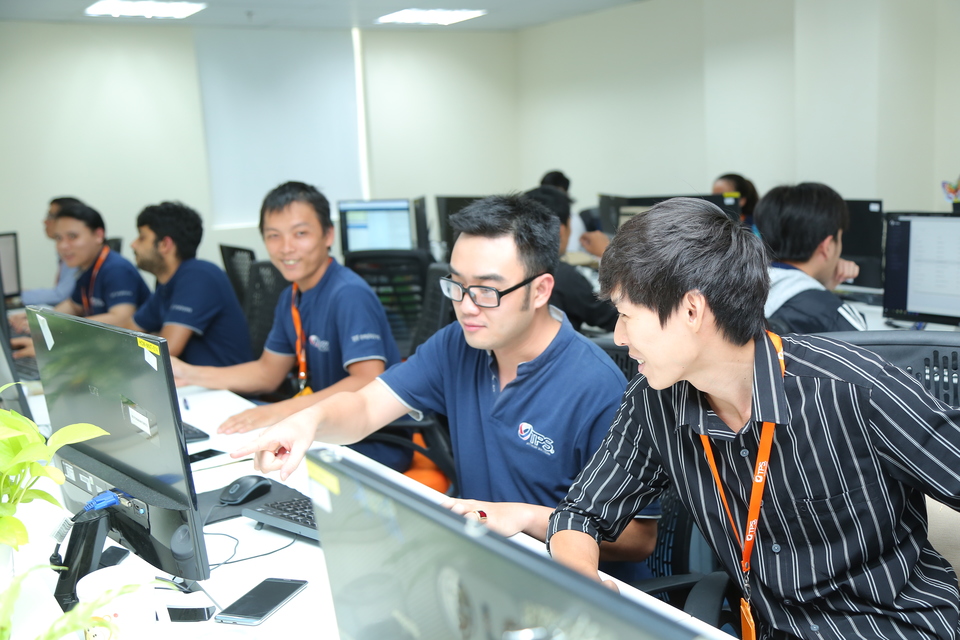
Pros
- Access to top talents. You’re not restrained by your geographical location and can tap into the world’s talent pool to find any skills you need, including those in emerging technologies and narrow domains.
- Reduced costs. No expenses are inherent to in-house development related to recruitment, salaries, retention, and more.
- Fast project launch. You get an assembled team whose members are likely to already know how to work with each other from past projects, so you don’t risk getting inner collaboration difficulties and don’t have to spend time hand-picking each employee.
- Reduced management efforts. You get a self-managed team, which frees up your resources to focus on high-level business activities.
- Flexibility. It’s easier to scale an outsourced team up and down depending on your needs. A vendor will take care of adding the right specialists to the team when the project grows and requires more hands to handle.
- Streamlined development and effective problem-solving. You plug into established processes, with many of them already automated and refined according to best practices (e.g., DevOps, CI/CD). Generally, a vendor’s teams have a rich experience in handling development challenges due to a variety of projects they’ve had a chance to participate in. They also have access to the knowledge accumulated inside of their company, which is a great support in case of any problems or non-standard tasks arising.
Cons
- Less control over the project. The development process isn’t as transparent as with in-house development, which can put a vendor’s performance in question.
- Possibility of communication gaps. Varying time zones, cultural differences, and insufficient English skills may become a barrier to effective collaboration.
- Possibility of a confidentiality breach. Sharing business information may possess some risks stemming from the human factor as well as insecure communication channels.
You may also like:
Software Development Outsourcing: A Complete Guide
When To Outsource to an Offshore Software Development Company?
5. Software Development Services
Software development service companies usually offer typical services like custom software development including a life-cycle development process for web app development, mobile app development, UI, UX design, technology consulting, maintenance, and support, etc….
TPS Software is a diverse software development company, located in HCMC, Vietnam. TPS provides in-depth technical consultancies and proposes promising end-to-end solutions for full-cycle development services
- Custom software development: The company offers life-cycle development including business analytics, strategic orientation, road-map planning, implementation, testing, deployment, and maintenance for web app development, mobile app development
- Software development outsourcing: with various models including Offshore Development Center, project-based projects, staff-augmented project
- Software & IT consulting: The company was established by one of the most accomplished management teams with more than 20 years of experience in software outsourcing development and technical support. The company also owns an in-house R&D department to agilely update all the latest technologies and transform them into beneficial solutions for partners. The team has been diligently working on the latest technologies: AI & ML, Blockchain, VR/AR, IoT,… The experience and innovation allow TPS to provide in-depth technical consultancies and propose promising end-to-end solutions.
- Maintenance and Support: At TPS, we apply a flexible process based on Agile Scrum standards and IEEE frameworks to speed up your application refinement and keep your software up to date. Also, tier 1,2, and 3 support options are available, depending on the technical complexity level of your requests to flexibly offer prompt responses to fix your issues as soon as possible. We provide maintenance and support services including technical troubleshooting, error tracking & debugging, application upgrades & enhancements, quality assurance testing, system monitoring & reporting.
- Managed IT Services: TPS Software offers a variety of services related to Cloud computing for companies to quickly adopt the technology and leverage its benefits. Some cloud services offered by TPS are developing a new cloud-based application, accessing the platform and migrating to the cloud, and assisting in managing data migration. We have years of experience implementing software projects on the Cloud. Our development team is familiar with most of the current cutting-edge Cloud technologies, such as AWS, Azure, Google Cloud Platform, Digital Ocean, Rack Space, and so on.
6. Selecting the right software development service company
The thousands of software development companies make it difficult to pick the best fit. Here are some considerations for you to make the decision on a software development partner for your project.
1. Outsourcing Location
In the years to come, Asia Pacific will become the most promising destination for the outsourcing industry. According to GLSI 2019 by Kearney, 5 top outsourcing locations, including China, India, Malaysia, Indonesia, and Vietnam are all in the Asia Pacific. This movement would provide IT, service users, with more options when choosing IT outsourcing service providers. With the high-skilled developers and recognizable reasonable cost in comparison with other areas, the Asia Pacific including Vietnam software outsourcing would promisingly turn out as the destination for clients of IT outsourcing services and more specific software outsourcing services.
You may also like:
What makes Vietnam Software Outsourcing amazingly popular
Vietnam was ranked the Top 5 outsourcing location in the A.T. Kearney Report 2019
2. Scope Of Knowledge, Skills, And Expertise
The quality of software development greatly depends on the quality of the software outsourcing service provider. A high-quality technology vendor can boost productivity and drive positive growth to businesses. Thorough research and a good selection in advance streamline the entire development process.
How to choose a trusted software outsourcing vendor? The below checklist can give some clues:
Software provider’s credentials and certificates: Technology partners’ background is crucial for the evaluation. Research for their businesses’ experience and expansion. Certificates and awards can indicate prestigious vendors, especially the ISMS certificate should be a must to ensure your business data privacy.
References in your industry: Partnering up with a vendor who has experience in your industry may ensure the development process will be streamlined. Clutch, and GoodFirms are good reference sources to seek for trusted partners.
3. Security Policies
Maintaining privacy becomes a troubleshooting experience for enterprises because nowadays, data becomes a new asset. Handing over business data to a 3rd party software outsourcing team could risk businesses encountering data leaks, especially leakage of confidential and sensitive information, which alerts a concerning matter.
Therefore, security should be taken into high consideration when businesses plan to outsource a software project. Select a prestigious partner who has insights into information security and all necessary measures to ensure the protection of their customers’ data. Compliance with data security should also be well discussed.
ISO 27001 is a certificate for information security management systems. Businesses can shortlist partners with the certificate to prevent the possibility of data leakage risks.
For further insights on ISMS, let’s explore the article: Cybersecurity in Software Outsourcing
You may also like: TPS obtains the ISO/IEC 27001:2013
4. Level of customization and scalability
As companies expand their software should be able to scale accordingly. The ability to scale up the system is a sustainable selection
You may also like:
Top 9 Software Development Trends in 2021
Offshore software outsourcing – How to choose the best Offshore Dedicated Team
